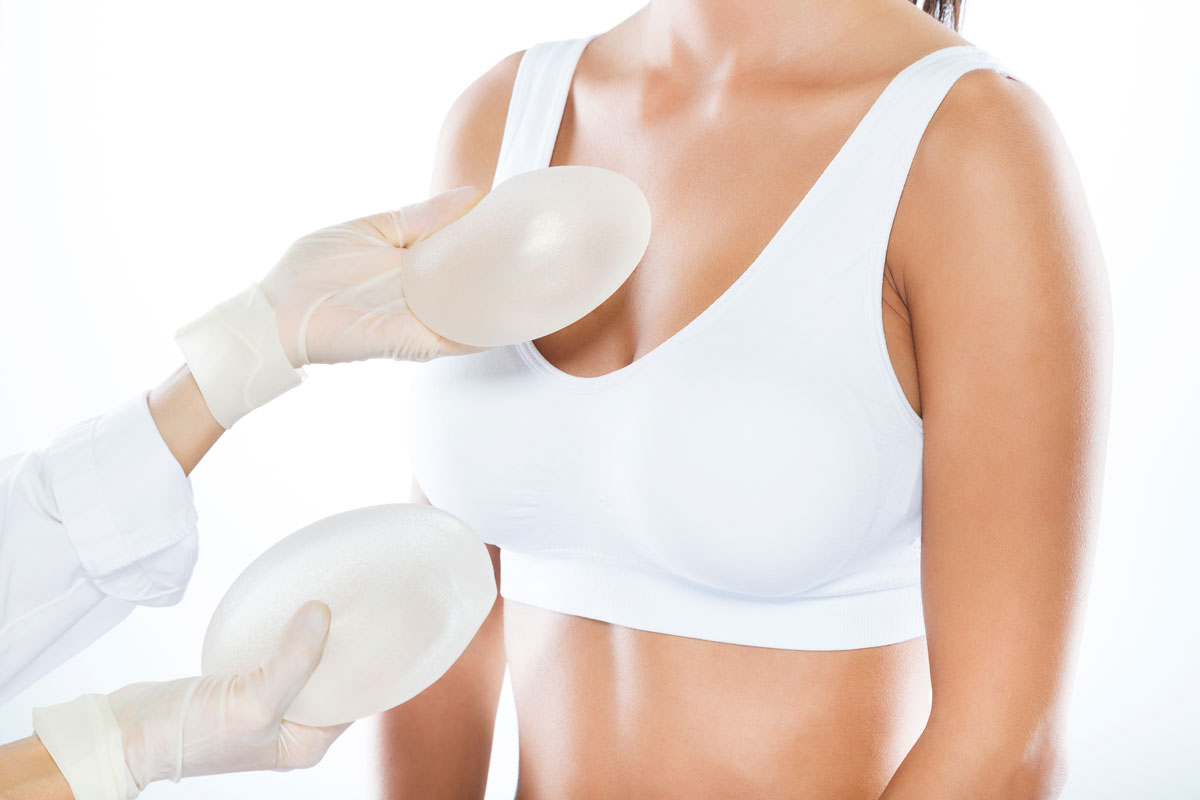
Breast augmentation is an increasingly requested procedure as patients may desire to up their breast size for reasons such as confidence and to facilitate clothes wearing. Many patients also experience breast deflation and a change in shape after breastfeeding, weight loss and ageing.
In suitable cases, a breast lift can also be performed at the same time to address nipple and breast drooping.
Although axillary (armpit) and periareolar (around the areola) approaches are possible, the most common approach is to use inframammary incisions which are below the breast. The advantages of the last include easier control of implant position and fixation of the inframammary fold. This improves the predictability of the final result. The scar is usually inconspicuous as it is hidden along the lower curve of the breast.
Implants can be placed either subglandular or subfascial, that is, in front of the pectoralis muscle. Although this is a more “anatomic” plane for implants as it is under one’s own breast, most patients do not have the requisite amount of soft tissue to “camouflage” the implant. The subpectoral or dual plane technique thus decreases implant visibility by hiding it partially behind the pectoralis (chest) muscle.
Women more than 40 years old should undergo screening mammogram. Implants may need to be removed due to reasons such as early infection (very rare) or after many years because of capsular contracture or silicone extrusion. Implant exchange can be performed then. Alternatively the patient can choose other methods such as fat grafting.
Mild swelling and discomfort gradually reduces over 2 weeks, with most of it resolved by 4-6 weeks. A recovery bra is recommended for the first 2-3 months. Regular post-operative check-ups are scheduled to ensure that the patient heals well.
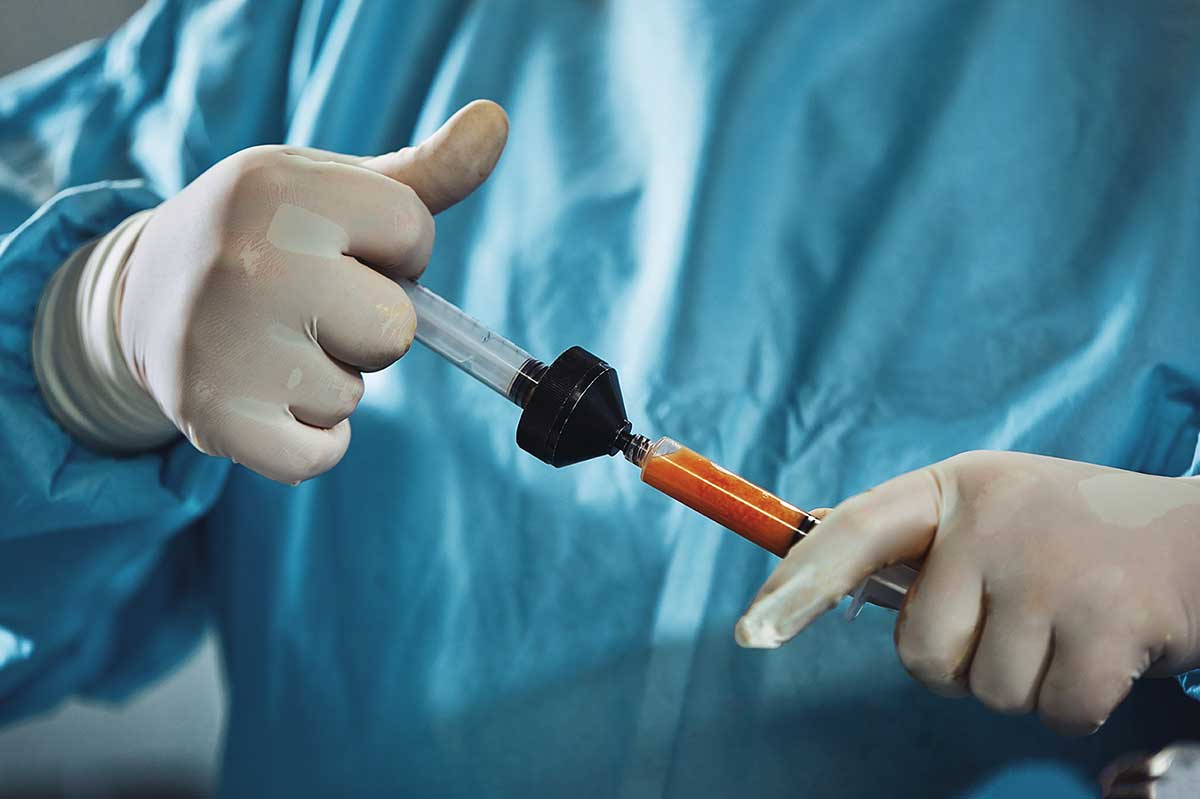
One’s own fat can be harvested from unwanted areas such as the thighs or abdomen using mini-incisions (see liposuction). This is then processed and purified and re-injected back into the skin of the breasts and the pectoralis muscle. We avoid injection into the breast gland itself. Fat can improve the contours and skin quality of the breast, producing a natural result. Grafted fat that does not survive (25-50%) will be resorbed by the body, thus a modest increase is expected, up to one cup size per session.
Recovery is usually quite fast as it is virtually incision-less and minimally invasive. Some soreness for 1-2 weeks over fat graft harvest sites are to be expected.
Yes it can, with 3 to 6 months between each session. This is to allow sufficient time for the grafted fat to be stabilized.
Patients more than 40 years old should get a screening mammogram before the procedure. Uncommonly, a small isolated fat hardening or oil cyst can result. This can be usually differentiated from cancerous lesions on scans, but if the patient is very concerned, implants may be a more suitable technique. This is because breast implants are placed in a completely different plane from the breast tissue.
The results of breast implant augmentation can be enhanced by combining with fat grafting. Fat can be injected wherever it will improve the aesthetics of the breast, for example to enhance the cleavage area or upper part of the breast. In addition, layering fat over the implant in thin patients can help to diminish implant visibility while increasing the breast volume. Implants, on the other hand, have the advantage of producing good projection.
Breast hypertrophy usually begins during puberty and can worsen after child-bearing and breast feeding. The heavy weight of the breasts can result in symptoms such as neck and back ache from poor posture. In addition, rashes and fungal infection can affect the skin below the breasts. Patients complain of inability to exercise and impairment in their work and daily life. They also have difficulty finding suitable bras and clothes.
The goal of breast reduction is to lighten the breasts by removing excessive tissue, relieving the symptoms associated with the heavy weight. At the same time, the nipples which are typically droopy, are repositioned to a more anatomic location.
The extra skin is also removed, resulting in a final vertical scar extending downwards from the areola (“lollipop scar”).
The superomedial pedicle technique is the most commonly used method in our practice, which is associated with less bottoming-out of the breast. Most of the time, the “lollipop” vertical incision is sufficient. In very few patients with large amounts of inelastic skin, there may be an additional horizontal incision along the bottom of the breasts. The horizontal scar can be short (J-shaped scar) or long (inverted-T scar). Breast tissue is usually firmer than fat and cannot be reduced or reshaped by liposuction alone. Liposuction is however carried out at the sides to help further contour the shape and reduce weight.
When more than 250g of tissue is removed from each side, this may qualify as a medical procedure and become insurance and Medisave claimable (subject to approval).
Drains or suction dressings help internal healing and are often kept for a few days before removal. Sutures are usually removed at 2 weeks. A recovery bra without underwire is also recommended for the first 2-3 months.
Breast reduction can affect the degree of breast feeding success. There may also be a reduction or alteration in nipple sensitivity that usually improves in time, although there’s a small chance it can be permanent. Women over the age of 40 should undergo mammogram as a baseline check.
The breasts can often become deflated after breast-feeding or weight loss. There may be drooping of the breast (glandular ptosis) or the nipple (true ptosis), or both.
Breast lift aims to restore the breast gland into a more anatomic location by internal suturing and glandular rearrangement techniques. The nipple-areolar complex should be elevated from its droopy position as well. Skin has to be tucked in and removed; this is usually achieved via a vertical incision extending down from the areola (lollipop shape).
Fat grafting, taking fat from unwanted areas and processing them for reinjection, can also be used to increase fullness of the upper part of the breast. Breast lifting can also be combined with breast implants in one stage or two stage procedure if significant increase in volume is desired.
Drains or suction dressings help internal healing and are often kept for a few days before removal. Sutures are usually removed at 2 weeks. A recovery bra without underwire is also recommended for the first 2-3 months. The scars can be optimized postoperatively with methods such as scar tape and lasers.
Breast lift can affect the degree of breast feeding success. Rarely, there may also be a reduction or alteration in nipple sensitivity that usually improves in time, although there’s a small chance it can be permanent. Women over the age of 40 should undergo mammogram as a baseline check.
Nipple inversion can cause difficulties with breast feeding. Other patients desire correction as they dislike the appearance. Nipple hypertrophy or enlargement is another condition that causes discomfort and embarrassment with clothes wearing, hence the patient may request for surgery.
A few methods have been described, depending of the severity of the inversion. The basic principle is release or stretching of the fibrous bands or shortened milk ducts that cause the tethering. This is performed using mini-incisions. A purse-string suture can then be used to tighten the base of the nipple and provide support. In some cases, local tissue flaps or dermal grafts may be inserted beneath the nipple to prevent recurrence.
Many techniques are available, depending on the size and shape of the nipple. For example, wedge resection together with circumcision can address both excessive height and diameter. The goals are preservation of sensation and the breast ducts (for breast feeding), wherever possible.
Recovery is generally fast with little downtime. Healing usually occurs within 1-2 weeks after surgery.
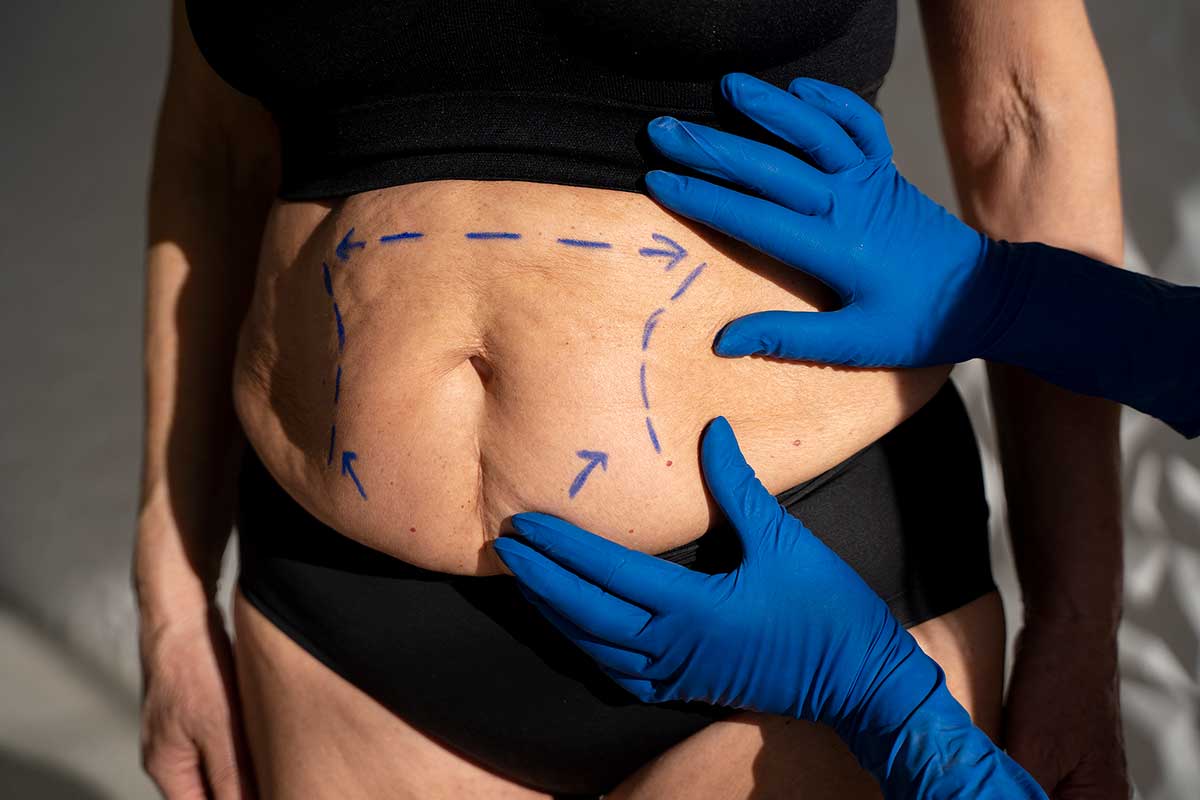
Liposuction is a form of body contouring designed to improve bulges caused by localised fat deposits. Fat is removed from areas such as abdomen, thighs, upper arms and back. It is not a substitute for weight loss and the patient is encouraged to embark on a healthy lifestyle at the same time. Patients who have excess intraabdominal fat (similar to a beer belly), rather than subcutaneous fat will also not benefit from this procedure.
Small incisions (5-10mm) are made in inconspicuous locations and fat is aspirated using a blunt cannula. We typically use power-assisted liposuction with the Microaire device. S.A.F.E. liposuction is carried out, comprising extra steps of separating and equalizing the fat. This means the fat cells are sucked out easily, thus reducing the risk of visible irregularities and bleeding which can be a result of traditional liposuction technique.
Bruising and mild swelling is expected and normal and can take 2 weeks to resolve. Compression garments are best worn for a month and manual massage is encouraged to disperse swelling and fibrosis.
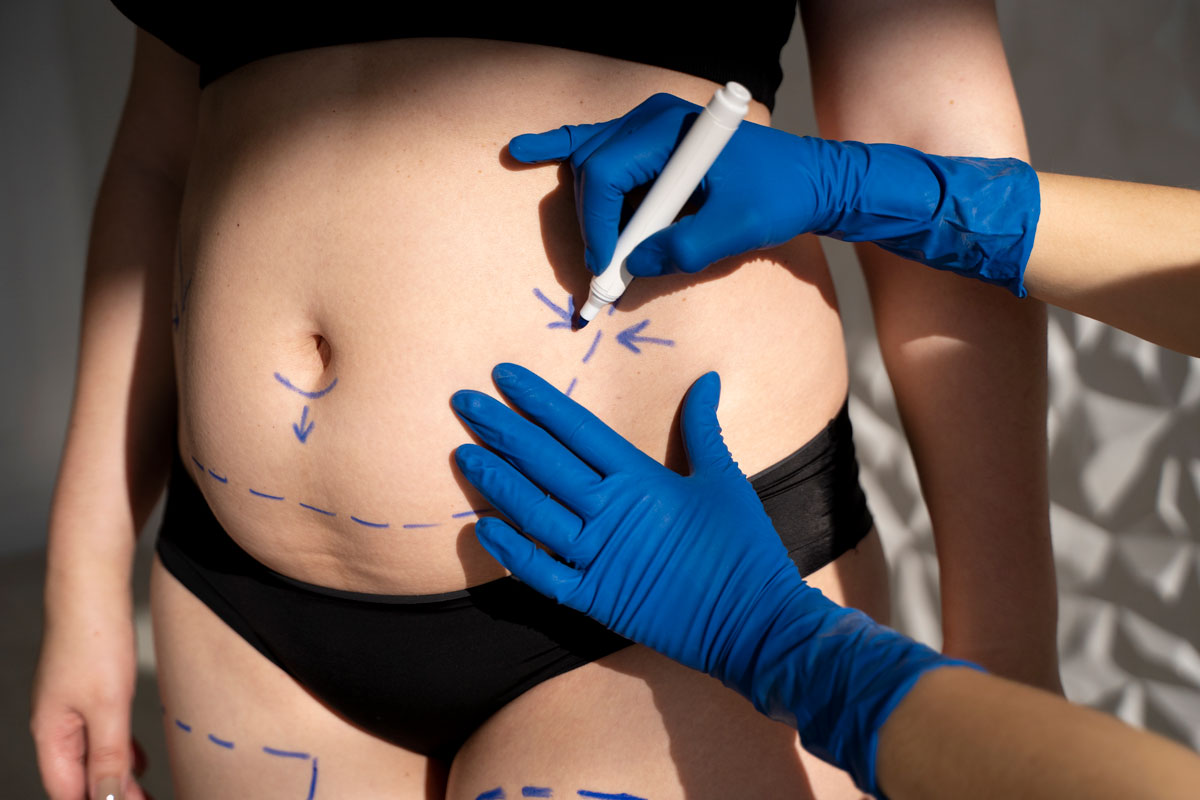
Many patients complain that they never regained their flat tummy after pregnancy. They may gain weight and find it hard to lose the bulge. The sagging skin is also altered with wrinkling and stretch marks. The growing uterus also separated the paired rectus abdominis muscles (the six-pack “abs”). They do not always return to the centre, resulting in a condition called diastasis recti. This appears as a protruding belly. In severe cases, patients feel a general weakness in their core and difficulty with lifting objects.
In other cases, repeated weight gain or loss, as well as aging, can take a toll on the appearance of the tummy. This can cause difficulty with clothes-wearing and may affect self-image.
A tummy tuck removes excess skin and fat below the level of the belly button. When necessary, lipo-abdominoplasty aims to address all 3 components by adding on liposuction of the sides and upper abdomen. The inner edges of the separated rectus abdominis muscle on both sides are sutured back together. This strengthens the abdominal wall and improves the biomechanics of its function.
After removal of the redundant skin as an ellipse, the horizontal scar is low and is designed to be hidden within underwear and swim wear. Discomfort after the procedure is minimised with the use of “pain pumps” or nerve blocks and hence patients usually have a comfortable recovery.
It can be combined with breast surgery (breast augmentation or breast lift) as a “mummy makeover” to address the main areas affected in a single surgery.
The incision typically heals by 2 weeks. In the meantime, one needs to maintain a slightly flexed position, whether lying down or walking. Drains or suction dressings may be used to help drain fluid.
Patients are encouraged to wear an abdominal binder (similar to post-pregnancy compression) for 2 months after surgery. Post-operative check-ups are important to ensure the patient is recovering well. The scar can be optimized with methods like scar tape and lasers after surgery.
The labia (lips) are folds of skin around the vaginal opening. The labia majora (outer lips) are usually fleshy and covered with pubic hair. The labia minora (inner lips) lie within the outer lips. Labiaplasty is a surgical procedure to reduce or increase the size of these folds.
Females can have enlarged labia because of childbirth, aging, sexual activity or genetics. Although there is a wide range of normal labia, surgery may be advised in cases where the enlarged size causes discomfort. For example, it could interfere with sex or cause friction during exercise or sitting down. Some patients experience difficulty with hygiene and an increased risk of urinary tract infections.
Enlarged labia can make it uncomfortable and embarrassing to wear tight workout pants and swimming suits. Although people usually undergo the procedure to reduce physical discomfort, it may also be done to improve the appearance.
There are many techniques in the literature. The most popular ones are the trim technique and wedge removal to reduce the excess tissue. Closure is usually done with absorbable sutures, which do not need to be removed.
Some patients feel that it is their labia majora (outer lips) which are too large or hang down. In such cases, a crescent of skin and soft tissue can be removed from the inner portion of each labium.
On the other hand, for patients with atrophy of fatty tissue and deflation, fat can be harvested from elsewhere and grafted into the labia majora.
An ice pack can be used for the first 3 days to reduce swelling and pain. Incisions usually heal in about 2 weeks. Swelling is resolved by 6 weeks in most patients. Patients can resume having intercourse after 4 to 6 weeks.
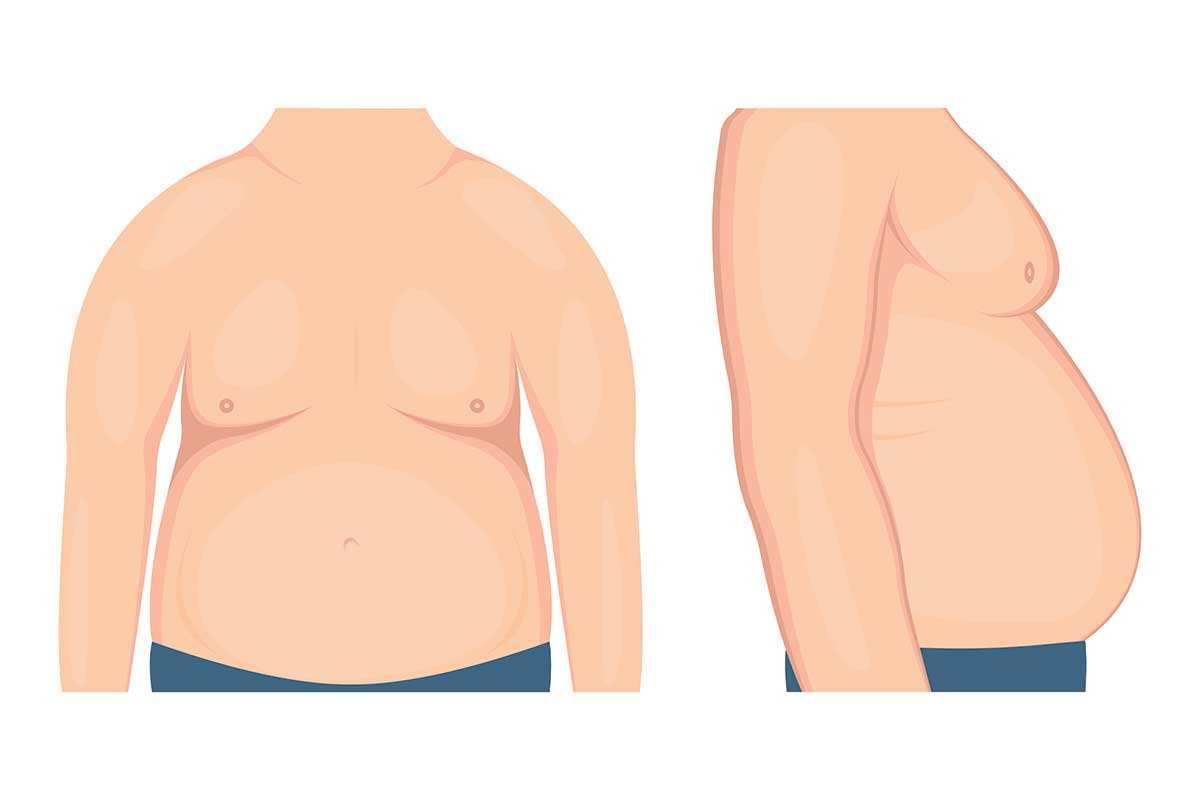
Gynecomastia refers to the enlargement of breast tissue in males. It affects 35% of men, particularly adolescents and men older than 50 years. This is usually due to hormonal imbalances but other causes such as medications and liver disease have to be excluded.
Surgical removal of excess breast tissue may be considered in troubling or persistent cases. The traditional method is open removal of excess skin and fat. This is not required in most patients nowadays as minimally invasive methods (liposuction) can address mild to moderate cases.
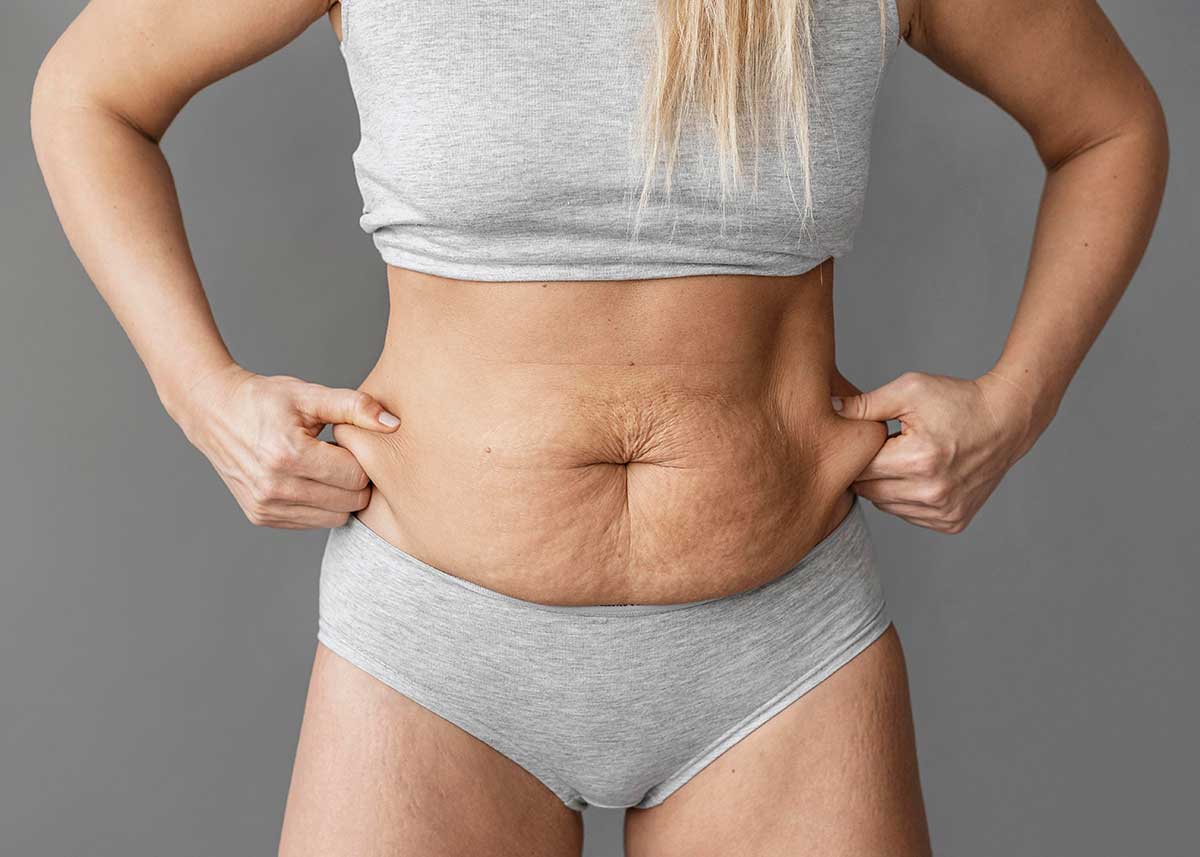
Massive weight loss, whether through bariatric surgery or other means, often leaves individuals with loose and sagging skin in various areas of the body. This skin is inelastic and often marked by textural changes and stretch marks. The excess skin and soft tissue can be removed by body contouring procedures for example circumferential body lift, tummy tuck, thigh lift or arm lift. This not only improves the appearance but also provides functional benefit in terms of mobility, hygiene and fitting into clothes.